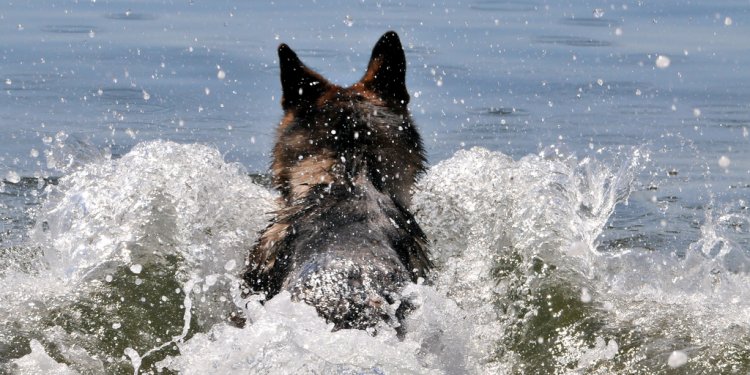
Sable German Shepherd pictures
- Capt. Max von Stephanitz, considered to be the father of the German Shepherd Dog breed, and president of the Verein fur deutsche Schaferhunde 1923.
Black and Red Male
Silver/Grey Sable Male
Solid Black Male
The colour of the German Shepherd Dog in itself is not important, and has no effect on the character of the dog or it’s fitness for work. It should be a secondary consideration for that reason. The final colour of a young dog can only be ascertained when the outer coat has developed.
Black and Tan Male
Solid White Male
Liver and Tan Female
The German Shepherd Dog comes in a variety of colours, coat patterns and coat types. Coat patterns are solid, bi colour, saddleback, and, sable. Colours which occur are black, blue, liver, silver, cream, tan, red, and white. Solid pattern dogs have a coat that is one colour.
Solid Black Female Long Coat
Solid Blue 4 ½ month old Female
Solid Blue 11 month old Male
Solid Liver Male
Solid Liver Female in whelp
Solid Liver 8 week old FemaleWhite is a masking colour and “paints over” other coat patterns and colors. White dogs can genetically be solid, bi color, saddleback, or sable.
Solid White 1 year old Male
Solid White Female
Solid White 14 week old BrothersBi Colour 12 week old FemaleIn the bi colour pattern the body is primarily black with a small amount of secondary colour under the tail, on the paws and sometimes as eyebrows. They also have black penciling on toes (small black marks on toes).
The colour combinations can be:
- Black and Silver
- Black and Cream
- Black and Tan
- Black and Red
- Blue and Silver
- Blue and Cream
- Blue and Tan
- Blue and Red
- Liver and Silver
- Liver and Cream
- Liver and Tan
- Liver and Red
Saddleback pattern is similar to a bi colour but has more of the secondary colour. A ‘washed out’ or ‘lighter’ colour dog will have much more of the secondary color. The colour combinations are the same as for the bi colour.
Black and Silver Male
Black and Cream Male
Black and Tan 7 month old Male
Blue and Cream Young Female
Blue and Red Male
Liver and Tan Male
Liver and Cream 11 week old FemaleThe sable pattern has a coat that is one colour “underneath” that has an overlay of black. They can look very dark and black or be very light with only a small amount of black. The outer coat has banded, alternating colour, hair. A true sable has penciling on the toes and improves pigment.
You can see the penciling on the toes of this five month old sable male.
Sables can change as they grow from young puppies to adult and sometimes you will have to imagine what the colour might look like when the adult coat comes in.
Sable “Reign” at 4 weeks
Sable “Reign” at 12 weeks
Sable “Reign” at 6 months
Sable “Reign at 2 years
Sables can come in many colours.
Cream Sable Male
Tan Sable Female
Tan Sable 8 month old Female
Red Sable Female
Blue Sable Female
Liver Sable Female at 5 weeks
Liver Sable Female at 8 weeks
Grey is another coat pattern. A grey dog appears to be a sable but is lighter, having less black “overlay” in the coat and lacks the penciling on the toes.
Grey FemaleThe German Shepherd Dog’s coat is a double coat with an insulating inner wooly undercoat and an outer layer of coarser hairs. This coat allows the German Shepherd to work in most environments. The coat can come in different lengths, from tight to stock to plush to long. Any colour can occur in any coat length.
Tight Coat
Stock Coat
Plush Coat
Long Coat
A variety of colours is possible in a single litter and is dependant not only on the colour of the parents but also on their genetic heritage.
Sable mother with her one week old puppies, three sables, two blue sables, one solid black, and one solid blue.
The colour choice is a personal one. Certain breed registries will not accept liver, blue or white in the breed ring. They will however accept all colours in the obedience ring. The American Kennel Club, AKC, is one example of this.
Black and Tan Female






